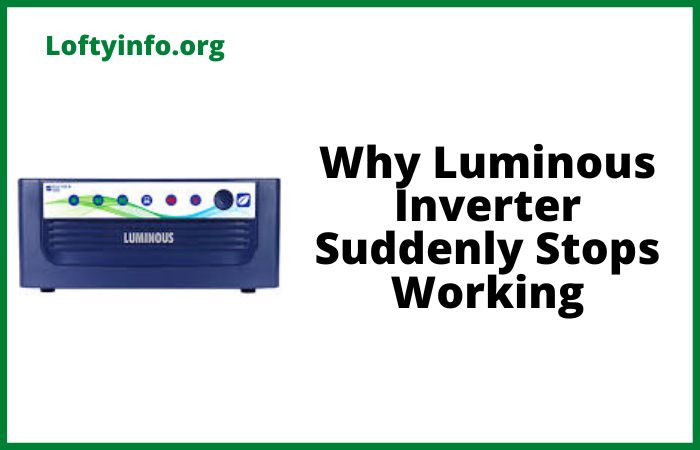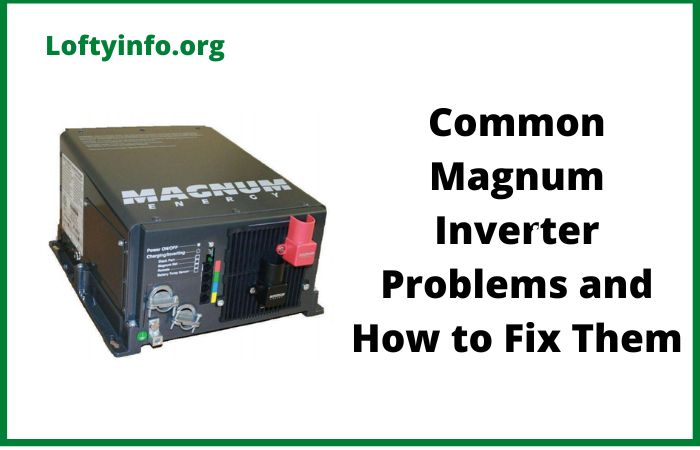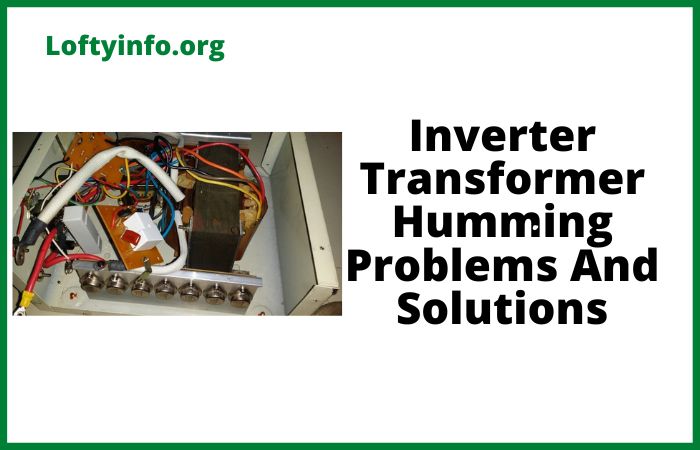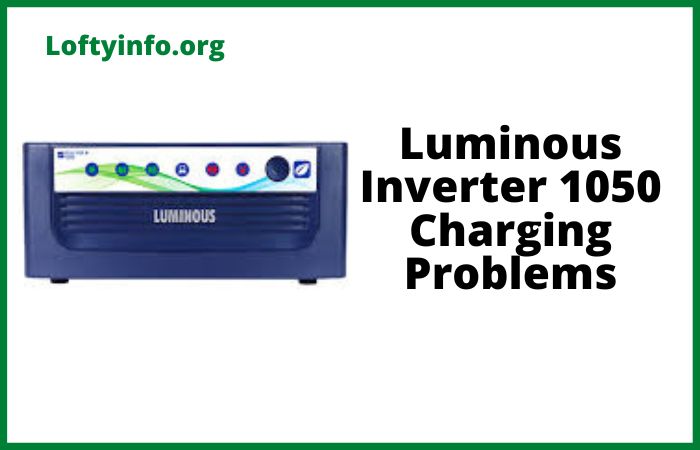Why Luminous Inverter Suddenly Stops Working: Critical Reasons and Solutions
When your Luminous inverter suddenly stops working, it can be incredibly frustrating especially during power outages.
Luminous inverters are known for their reliability but like any electronic device, they can experience sudden failures.
Understanding the root causes can help you diagnose the problem quickly and potentially save on unnecessary repair costs.
If your Luminous inverter has stopped working without warning, you’re likely dealing with one of these common issues.
This comprehensive guide will walk you through each potential cause, helping you identify the problem and determine whether you can fix it yourself or need professional assistance.
Why Luminous Inverter Suddenly Stops Working
1) Battery Connection and Terminal Issues
The most frequent cause of sudden inverter failure is battery-related problems.
Your Luminous inverter depends entirely on proper battery connections to function correctly. Loose, corroded or damaged battery terminals can cause the inverter to shut down immediately, even if the battery itself is in good condition.
Corrosion typically appears as a white or greenish powdery substance around the battery terminals.
This corrosion creates resistance in the electrical connection, preventing proper current flow. Even a small amount of corrosion can cause voltage drops significant enough to trigger the inverter’s protection circuits.
Loose connections are equally problematic.
Over time, vibrations and thermal expansion can cause battery terminals to become loose. When connections are loose, you might notice intermittent operation before complete failure. The inverter may work for a few minutes then shut down as the poor connection heats up and resistance increases.
To diagnose this issue, visually inspect all battery connections.
Look for any signs of corrosion, loose nuts, or damaged cables.
Use a multimeter to check voltage at the battery terminals and compare it to the voltage at the inverter’s battery input.
A significant difference indicates connection problems.
2) Overloading Beyond Inverter Capacity
Luminous inverters are designed to handle specific power loads, and exceeding these limits can cause immediate shutdown.
Modern inverters include overload protection circuits that automatically shut down the system when demand exceeds capacity but sudden load increases can cause the inverter to stop working without warning.
Overloading often occurs when multiple high-power appliances are connected simultaneously.
For example, running an air conditioner, refrigerator and several lights on a 1000VA inverter will likely exceed its capacity.
The inverter’s internal protection system detects this overcurrent condition and shuts down to prevent damage to internal components.
Sometimes overloading happens gradually.
As you add more devices over time, you might not realize you’re approaching the inverter’s limit until one additional appliance causes the system to shut down.
Additionally, some appliances have high starting currents that can momentarily exceed the inverter’s capacity even if their running power is within limits.
Calculate the total wattage of all connected devices and compare it to your inverter’s rated capacity.
Remember that some appliances, particularly those with motors like refrigerators and air conditioners, can draw 2-3 times their rated power during startup.
If your total load is close to or exceeds the inverter’s capacity, reduce the connected load and try restarting the system.
3) Internal Fuse and Circuit Breaker Failure
Luminous inverters contain multiple internal fuses and circuit breakers designed to protect the system from electrical faults.
When these protective devices fail or trip, the inverter will stop working immediately.
Unlike external fuses that are easily accessible, internal fuses often require technical expertise to diagnose and replace.
Internal fuses can blow due to power surges, short circuits, or component failures within the inverter.
Sometimes a failing component draws excessive current, causing a fuse to blow as a protective measure.
Other times, voltage spikes from the electrical grid can cause protective devices to trip or fail permanently.
Circuit breakers within the inverter can also malfunction.
These devices are designed to reset automatically or manually but mechanical wear or electrical damage can cause them to fail in the open position.
When this happens, the inverter cannot complete its internal electrical circuits and will not operate.
Diagnosing internal fuse and circuit breaker issues typically requires opening the inverter cabinet, which should only be done by qualified technicians due to safety concerns and warranty implications.
However, you can check if your inverter has any accessible external fuses or breakers that might have tripped.
Look for any reset buttons or switches on the inverter’s front panel that might restore operation.
4) Cooling System and Overheating Problems
Luminous inverters generate heat during operation, and adequate cooling is essential for proper function.
When cooling systems fail or become blocked, the inverter can overheat and shut down automatically to prevent permanent damage.
This is particularly common in dusty environments or when inverters are installed in poorly ventilated areas.
Overheating can result from blocked air vents, failed cooling fans, or accumulation of dust and debris on internal components.
The inverter’s cooling fan is critical for maintaining safe operating temperatures, especially during high-load conditions.
When the fan fails, internal temperatures rise rapidly, triggering thermal protection circuits.
Dust accumulation is a gradual process that can eventually cause sudden failure.
As dust builds up on heat sinks and internal components, thermal resistance increases.
The inverter may work fine under light loads but shut down immediately when demand increases and more heat is generated.
Check that all air vents on your Luminous inverter are clear of obstructions.
Listen for the cooling fan during operation, it should run quietly and smoothly.
If you notice the inverter is unusually hot to the touch or if the cooling fan isn’t running, overheating is likely the cause.
Ensure the inverter is installed in a well-ventilated area away from heat sources and consider professional cleaning if dust accumulation is suspected.
5) Power Supply and Charging Circuit Malfunction
The power supply section of your Luminous inverter is responsible for charging the batteries and providing stable DC voltage to the inverter circuits.
When this section fails, the inverter may stop working entirely or fail to charge the batteries properly.
Power supply failures can occur suddenly due to component aging or electrical stress.
Switching power supplies, commonly used in modern inverters, contain multiple electronic components that can fail without warning.
Capacitors can develop internal faults, transformers can develop winding problems, and switching transistors can fail due to electrical stress.
When any critical component in the power supply fails, the entire charging and DC supply system stops working.
Sometimes the power supply section fails partially, providing some functions but not others. For example, the inverter might continue to work on battery power but fail to charge the batteries when mains power is available.
This type of partial failure can be particularly confusing because the inverter appears to work normally until the batteries are depleted.
Signs of power supply problems include failure to charge batteries when mains power is available, unusual noises from the inverter or complete failure to power on.
You can check if the charging function is working by monitoring battery voltage when mains power is connected, it should gradually increase if the charging circuit is functioning properly.
6) Control Board and Electronic Component Failure
The control board is the brain of your Luminous inverter, managing switching between mains and battery power, monitoring system status and controlling the charging process.
When electronic components on the control board fail, the inverter can stop working suddenly and completely.
These failures are often age-related but can also result from power surges or environmental factors.
Microprocessors, memory chips, and other integrated circuits on the control board are sensitive to voltage variations and can fail without warning.
Sometimes a single failed component can disable the entire system, even though most of the inverter remains functional.
Control board failures often result in the inverter becoming completely unresponsive with no lights or indicators showing any activity.
Environmental factors like humidity, temperature extremes, and electrical interference can also cause control board problems.
Over time, these factors can degrade electronic components and cause intermittent operation followed by complete failure.
Sometimes the control board fails in a way that prevents the inverter from starting up, while other times it may start but shut down immediately.
Control board failures typically require professional diagnosis and repair, as these boards contain complex electronic circuits that require specialized knowledge and equipment to troubleshoot.
However, you can check for obvious signs like burned components, swollen capacitors or damaged circuit traces if you’re comfortable opening the inverter cabinet.
Prevention and Maintenance Tips
Regular maintenance can prevent many sudden inverter failures.
Keep battery terminals clean and tight, ensure adequate ventilation around the inverter and avoid overloading the system.
Schedule periodic professional inspections to catch potential problems before they cause complete failure.
Monitor your inverter’s performance regularly, noting any changes in operation, unusual noises, or warning indicators.
Address small problems promptly before they escalate into major failures.
Maintain proper battery electrolyte levels if you’re using conventional lead-acid batteries and replace batteries when they reach the end of their service life.
When your Luminous inverter suddenly stops working, systematic troubleshooting can help identify the cause quickly.
Start with the simplest potential causes like battery connections and overloading before moving to more complex internal problems.
Remember that some repairs require professional expertise, and attempting complex repairs yourself might void your warranty or create safety hazards.
Understanding these six common causes of sudden inverter failure can help you maintain your system better and know when to call for professional help.
With proper care and maintenance, your Luminous inverter should provide years of reliable backup power for your home or business.






